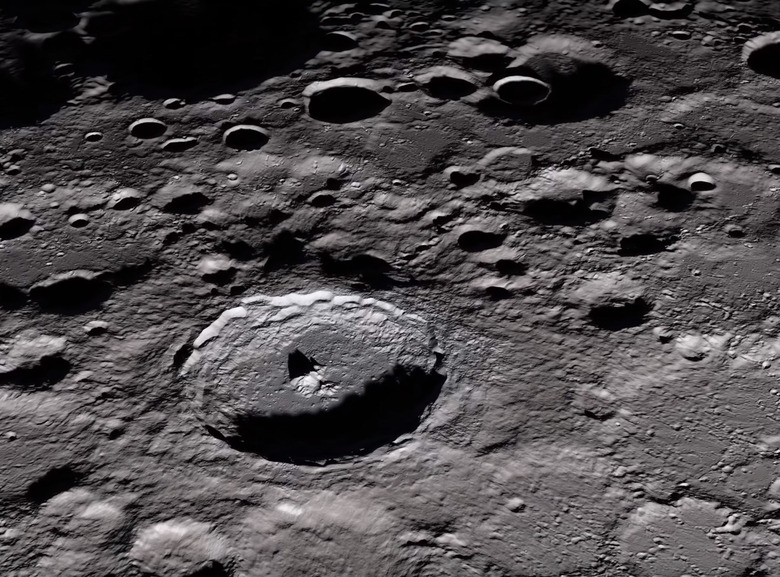The Moon's Surface Is Heavily Radioactive
- Researchers have determined that the surface of the Moon is highly radioactive due to a combination of factors.
- The surface of the Moon is approximately two to three times as radioactive as the International Space Station, and up to 1,000 times as radioactive as the surface of Earth.
- The data was gathered by the Chinese mission that landed on the far side of the Moon.
NASA and other space agencies around the world are planning on sending humans to the Moon sooner rather than later, but safety, as always, has to be a high priority. We already know that radiation in space is a serious concern, but new data reveals just how radioactive the surface of the Moon is.
As researchers report in a new paper in the journal Science Advances, the level of radiation on the lunar surface is up to three times that of the International Space Station, which is already an elevated level compared to the surface of Earth.
The data was gathered by the Chinese mission to the far side of the Moon which sent a lander and rover there, completing a soft landing on the far side for the first time in history. That mission, which accomplished a number of "firsts" not just for the Chinese space program but for humanity in general, also took readings of the radiation exposure on the lunar surface.
There's been a lot of talk about setting up either temporary or perhaps even permanent structures on the Moon in order to facilitate continued scientific advancement. Right now, there are no concrete plans to build settlements on the Moon, but we really don't know what the future holds. Now, with accurate measurements of radiation from the surface, scientists have a better idea of what space travelers will have to prepare for once they arrive.
Radiation is a pretty big deal. As we already know, radiation can dramatically increase cancer risk, and long-haul space flights to places like Mars will put travelers at serious risk simply by virtue of being in space rather than beneath the protection of Earth's bubble. The risks of staying on the Moon, it seems, are even greater, which could complicate any plans for long-term stays on the surface.
Compared to Earth, astronauts who travel to the Moon would have to endure up to 1,000 times as much radiation as we experience on Earth. That's extremely significant, even for short-term stays, and it's a factor that hasn't been well accounted for. The radiation comes as a combination of radiation from space in the form of cosmic rays and solar radiation as well as the interaction of that radiation with the surface of the Moon.
There are ways to protect travelers from radiation, of course, including the possibility of more robust landers designed to offer protection from radiation. However, the more protective a spacecraft is from radiation, the heavier it is likely to become. There has been some discussion of using extinct lava tubes on the Moon to protect astronauts from radiation from space. It's unclear how much protection they would provide in light of this new study, but it may be significant.
